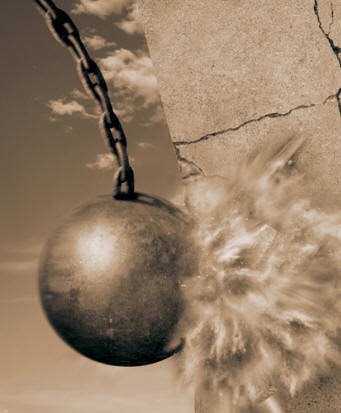2015 Rich List and Poor List
The NBR Rich List 2015 has just been released, it has the usual black cover, gold title and the first few pages are advertisements for luxury sports cars and the back pages are for luxury real estate in Queenstown and the Bay of Islands.
There are 15 newcomers to the Rich List (they have to be each worth at least $50 million), this is up from 13 added last year and 12 in 2013.
To quote NBR News Editor who wrote the introduction:
"One thing is clear: property stands out as one sector where returns have been almost immeasurable and the absence of a capital gains tax continues to favour investment in this area."
Six of the top twenty have property investment as their source of wealth and income.
While dairy farming has not fared well with international prices the Chinese demand for farms has kept farm property prices high.
I could only find three women listed as individuals in the 2015 Rich List.
Our hundred richest New Zealanders, together with our New Zealand based international billionaires have a total wealth of almost $70 billion and the total New Zealand crown revenue from all sources for 2014 was just under $80 billion.
Top executives in NZ also saw their salaries increase by an average of 10% over the past year (average income $1,645,000) while almost 50% of workers got no increase in 2014.
The number of homeless sleeping rough within a 3 km Radius of Auckland's Sky Tower more than doubled during 2014, increasing from 68 in 2013 to 142 last year. I was able to see the extent of this myself when attending a conference in the central city at the beginning of the year. Early in the morning many doorways and bench seats seemed to have a sleeping body and there even appeared to be some family groups.
The Salvation Army released a report to show that the regions have experienced markedly varied economic fortunes. Northland especially has suffered more than most in terms of low employment and economic participation and growing industries like swamp Kauri have benefited few.
Many poor communities have become poorer and despite a strong regional economy, Invercargill has ended up with a new Decile 1 school after the 2013 census. New Zealand's rock star economy doesn't appear to have reached those at the bottom.
More children and adults are ill or dying because of cold, damp unhealthy homes.
The number of working families in Marlborough needing food parcel support has doubled over the past year.
Over 300,000 workers are now on or near the minimum wage ($14.75 an hour) which is almost $5 an hour less than what has been calculated as a living wage.




Comments